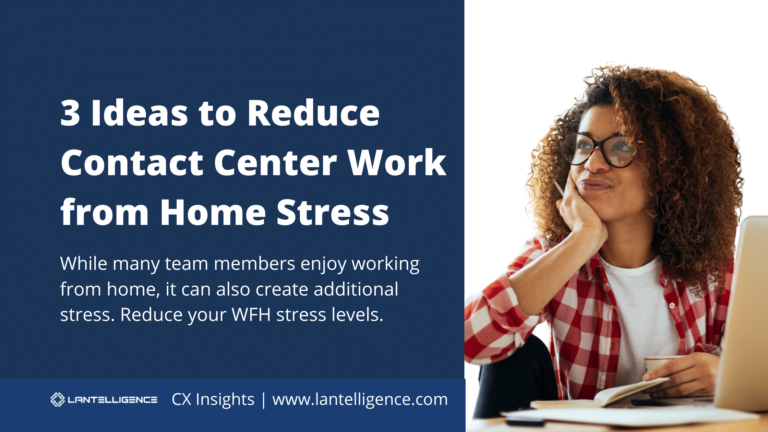Get Mike Aoki’s latest insights now.
What used to be science fiction is now contact center fact.
In the original 1960s, “Star Trek”, Captain Kirk talked to the ship’s computer using regular speech. The computer understood his words and answered with synthesized speech. In real life, second generation Artificial Intelligence powered virtual Agents do the same thing when answering customer inquiries. Spock’s “tricorder” was another Star Trek device that came true. Fifty years after that TV show, we use handheld computers (smartphones) to access information, conduct online banking and use apps to solve problems (or just for entertainment).
What used to be science fiction to Boomers and Gen Xers is now the preferred customer service channel for Millennials and Gen Z. They want virtual Agents and smartphone apps for 24/7 self-service, rather than waiting for a live Agent during business hours. Since Millennials and Gen Z make up 42% of the US population, that is a huge segment of your customer base wanting these support channels.
Move beyond simple chatbots and embrace advanced virtual Agents. New developments in technology and Natural Language Processing allow better human speech analysis and natural sounding answers. That means advanced AI handles routine interactions, freeing live Agents to handle more complex situations. That can boost employee engagement. Imagine replacing repetitive, mind numbing interactions with more interesting, higher value conversations.
Your best Agents can showcase their product knowledge and problem-solving experience. It also provides scalability since your contact center can handle a higher number of routine inquiries without having to increase FTE.
Is your company’s smartphone app a “Marketing tool” or a “Customer Service tool?” I recently tried to use a smartphone app to place an order.
However, I had a few questions first.
Since the app’s FAQ did not answer my question, I needed to contact customer service. However, there was no “Click to call” option to automatically call into customer care. Instead, I had to write down the number with a pen and manually dial it on my phone. While that is not a lot of customer effort, that lack of integration made me wonder if I could trust the app with my credit card number.
So, I decided not to place my order with them.
A proper mobility app should function as both a marketing tool and a customer service tool. In addition to “Click to call”, good apps also include “Click to chat”, as well as the ability to interact with a virtual Agent for self-service. For more challenging issues, great apps allow customers to send photos, video and screen captures directly to a live Agent.
So, they can see and hear the problem and help the customer fix it. One of my customer service training clients is in the home electronics field. They would love a smartphone app like that to make troubleshooting easier. So, they could provide even better service.
Ultimately, investing in the latest generation virtual Agents and smartphone apps will help you engage Millennial and Gen Z customers more efficiently and effectively.
What used to be 1960s science fiction has now become part of contact center reality.
Are you ready for that?




